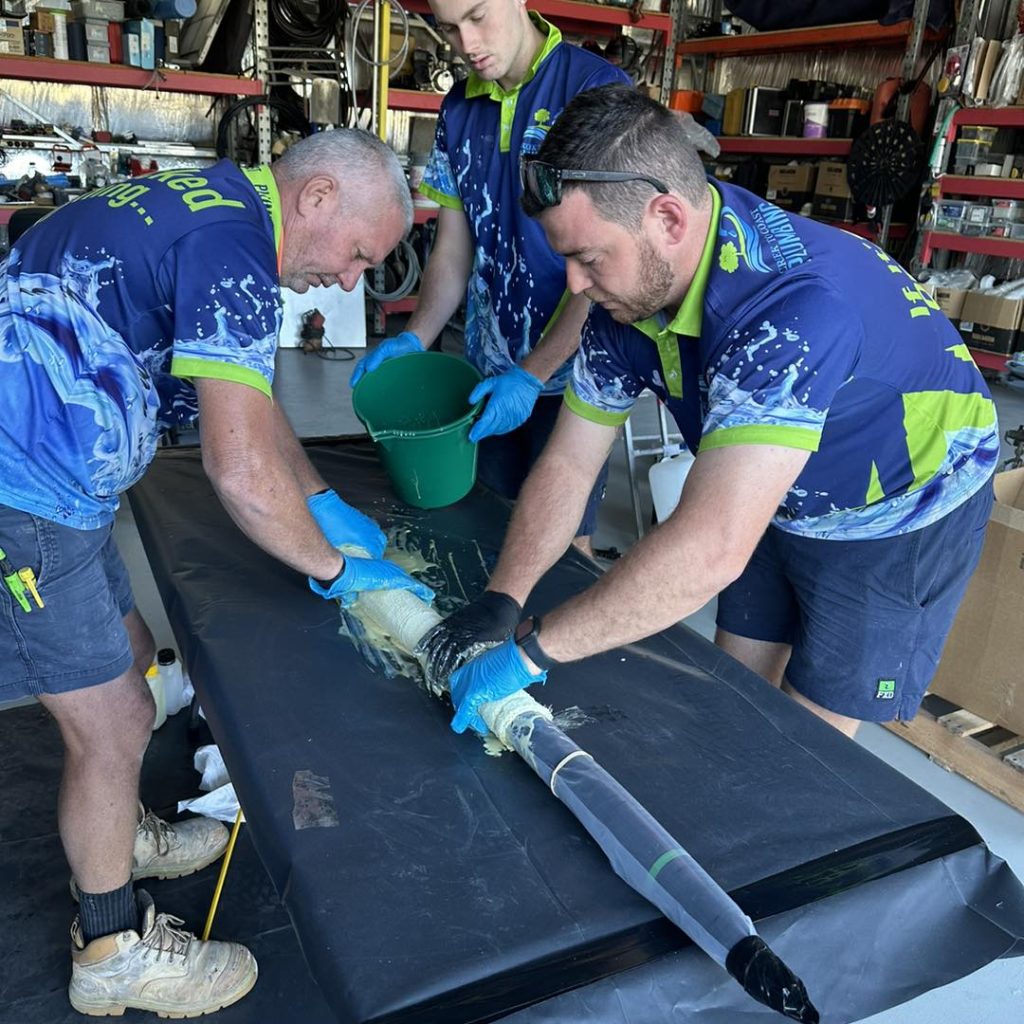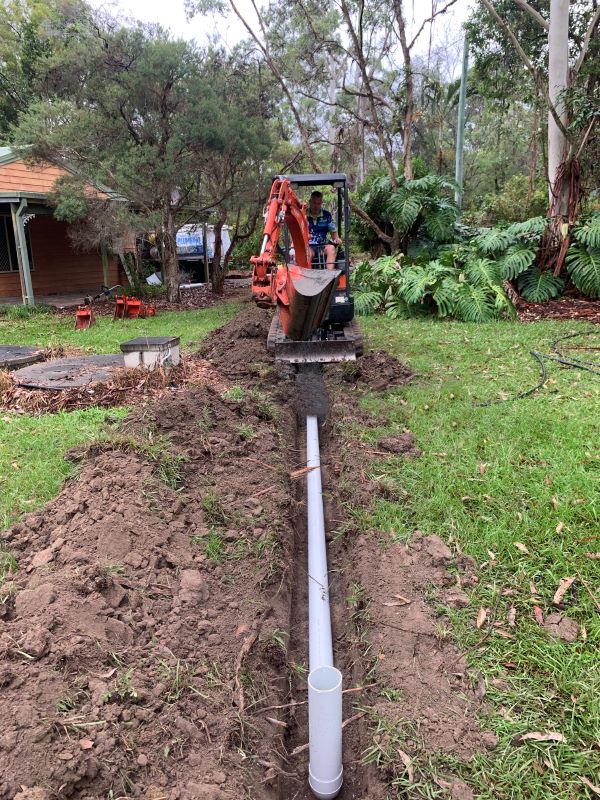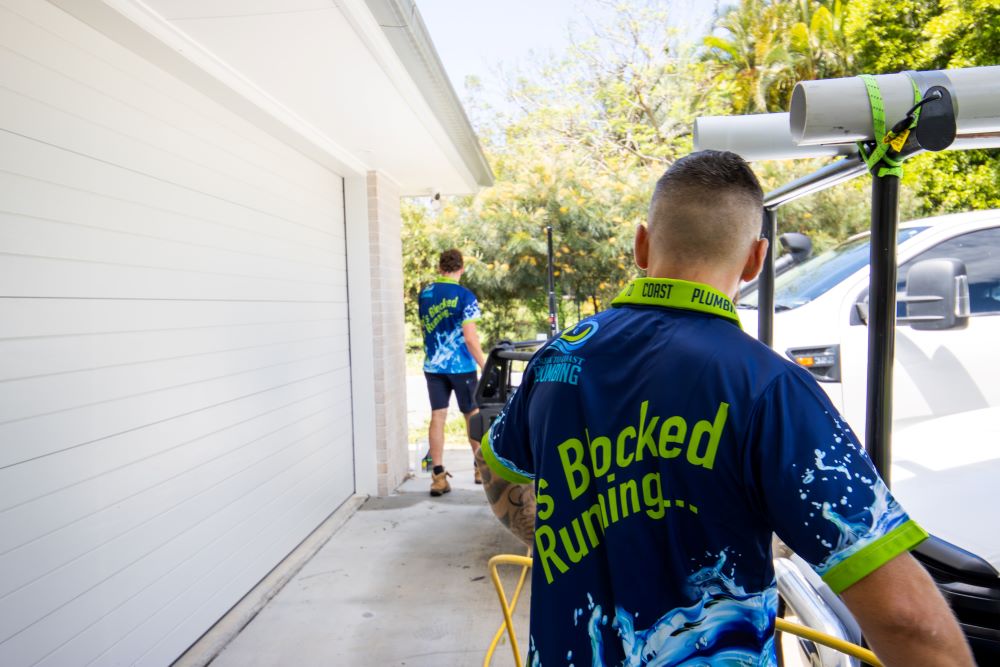Homeowners often face a critical choice when they notice issues in their plumbing system: should they choose pipe relining or pipe replacement? Both options effectively tackle plumbing challenges, but they involve different methods and processes tailored to the level of damage present in your plumbing. Understanding the key differences between these approaches is essential for making an informed decision that aligns with your specific plumbing needs and circumstances.
Pipe relining is a cutting-edge technique that repairs existing pipes internally. This innovative procedure uses a specialized lining that bonds to the inner surfaces of existing pipes, effectively sealing any cracks or holes that may have formed. Because this method requires minimal excavation, it significantly reduces the mess and disruption associated with plumbing repairs, allowing homeowners to maintain their daily routines with minimal interruption.
Pipe relining is particularly advantageous for pipes with minor damage, as it can greatly extend their lifespan, providing a sustainable and efficient plumbing solution.
In contrast, pipe replacement follows a more conventional approach to plumbing repairs. This method involves the complete removal of old, damaged pipes and the installation of new plumbing materials.
This option is generally reserved for plumbing systems that are severely compromised or outdated. Ultimately, your choice between these two methods will depend on various factors, including the condition of your pipes, their specific location, and your overall budget considerations.

Making an Informed Decision: Comparing Pipe Relining and Pipe Replacement Solutions
As you explore your plumbing options, understanding the differences between pipe relining and pipe replacement is crucial. Each method offers unique benefits and drawbacks that must be carefully evaluated before making a well-informed decision about your plumbing requirements.
Discover the Step-by-Step Process of Pipe Relining
The pipe relining process entails a comprehensive repair of existing pipes from the inside. A flexible lining, infused with high-quality resin, is inserted into the existing pipe structure. Once positioned correctly, this lining hardens to form a new, durable pipe within the original one.
This method is particularly advantageous for pipes with minor cracks or leaks, and it is renowned for its efficiency and cleanliness, significantly reducing any disruptions during the repair process.
Furthermore, pipe relining is often more cost-effective than traditional pipe replacement, particularly in hard-to-access areas where excavation would pose challenges. The newly installed lining can provide a lifespan of up to 50 years, granting homeowners long-term peace of mind regarding their plumbing systems and minimizing the likelihood of future repairs.
Gain Insights into the Pipe Replacement Procedure
Pipe replacement involves the complete removal of old and damaged pipes, followed by the installation of new plumbing materials. This process often entails a significant amount of labor, which typically includes extensive excavation work.
This method is necessary when pipes are severely damaged, collapsing, or showing substantial wear and tear. While replacement guarantees the installation of reliable, new pipes, it can also lead to considerable disruptions in your yard, driveway, or home environment, which may inconvenience your daily life.
Generally, pipe replacement takes longer and incurs higher costs compared to relining.
However, in instances of extreme damage, replacing the pipes may be the only viable solution to ensure a fully functional plumbing system that meets your needs.

Evaluating the Pros and Cons of Pipe Relining Versus Pipe Replacement
When contemplating either plumbing solution, it’s essential to ensure that the plumber you choose is skilled in both pipe relining and pipe replacement techniques.
Many plumbing professionals may not provide relining services directly and might subcontract this work to specialized companies. Creek to Coast Plumbing distinguishes itself as a provider with expertise in both techniques, equipped with the necessary tools and technology for the job.
For pipe replacement, some plumbing companies may lack the suitable machinery required for extensive digging. Fortunately, Creek to Coast Plumbing has invested in advanced excavation equipment, enabling them to complete projects efficiently without the need for additional hires, ensuring a seamless process that minimizes inconvenience.
Assessing Longevity: Comparing the Durability and Maintenance of Pipes
A significant benefit of relined pipes is their impressive longevity, often exceeding 50 years when constructed with advanced materials like epoxy resin, which is renowned for its resistance to corrosion and deterioration. Unlike traditional metal pipes, relined pipes do not rust or accumulate harmful mineral deposits, providing a reliable plumbing solution for homeowners.
Conversely, newly installed pipes—especially those made from PVC—also deliver remarkable durability, typically lasting between 50 to 100 years, depending on the quality of materials and the precision of the installation process.
Both pipe relining and pipe replacement can provide dependable long-term solutions for plumbing issues, but the best choice for your specific needs will largely depend on the unique circumstances surrounding your plumbing system and any existing damage.
Pipe relining proves particularly beneficial for:
- Pipes showing minor cracks or leaks that can be effectively sealed to restore their functionality.
- Pipes located in difficult-to-reach areas, such as beneath concrete or paved surfaces, where excavation could lead to significant complications.
- Older homes with delicate structures that may be compromised by extensive digging and disruption.
On the other hand, pipe replacement is best suited for:
- Pipes that are severely damaged or have collapsed, necessitating a full overhaul to restore plumbing integrity.
- Pipes that no longer meet your current plumbing requirements, requiring upgrades to comply with modern standards.
- Outdated materials, such as terracotta or clay pipes, that necessitate replacement with contemporary and efficient options.
Maximizing Time Efficiency and Convenience in Plumbing Services
When it comes to the speed of installation, pipe relining is often the quicker alternative, typically completed within one to two days. This method minimizes disruption, allowing homeowners to continue using their water systems with little to no inconvenience.
In contrast, pipe replacement can extend over several days to weeks due to the extensive excavation required, removal of old pipes, and installation of new plumbing systems. This process can significantly disrupt your yard, driveway, or home environment, leading to potential inconveniences for your household.
Additionally, relining creates substantially less mess, as it eliminates the need for digging up landscaping or demolishing walls. This greatly reduces the cleanup and repair work required afterward, making it a more attractive option for many homeowners seeking hassle-free solutions.
While replacement allows for the opportunity to upgrade your plumbing system by increasing pipe size or altering layout, it inevitably involves more hassle and longer periods of downtime for your household, which can be challenging for many families.

Selecting the Ideal Plumbing Solution Tailored to Your Needs
There are specific scenarios where pipe relining emerges as the preferred solution, particularly for pipes located in hard-to-reach areas such as:
- Pipes beneath swimming pools, where excavation could jeopardize the structure’s integrity.
- Pipes situated under driveways, helping to avoid costly concrete removal and subsequent repairs.
- Pipes located beneath retaining walls or concrete slabs that would necessitate substantial demolition for access.
- Pipes running through extensive landscaped sections, minimizing disruption to your garden and outdoor areas.
- Pipes positioned under your home, preventing the need to disturb flooring and living spaces.
However, when pipe relining is not a viable choice, Creek to Coast Plumbing is prepared to assist with expert pipe replacement.
Our skilled team utilizes advanced excavation technology, ensuring that the process is efficient and minimizes disruption while providing a cost-effective solution tailored to your specific plumbing needs.
Experience Unmatched Plumbing Services with Creek to Coast Plumbing
At Creek to Coast Plumbing, we offer a comprehensive range of pipe repair services, encompassing both relining and replacement. Our services include:
- Versatility: Whether you require relining or replacement, we provide the most effective solution tailored to your unique plumbing circumstances.
- State-of-the-art equipment: We utilize cutting-edge technology, from trenchless methods to robust excavation machinery, ensuring we can efficiently handle any plumbing job.
- Cost efficiency: Our pricing is transparent and competitive, delivering exceptional value for your investment while addressing your plumbing needs.
- Professional expertise: Our experienced team evaluates your plumbing requirements and recommends the most effective and practical approach based on your specific situation.
Optimize Your Plumbing Solutions with Creek to Coast Plumbing for Superior Results
When plumbing challenges arise, you deserve a dedicated team capable of managing every aspect of your repair needs.
Whether pipe relining is the preferred option or excavation and replacement are necessary, Creek to Coast Plumbing is your reliable partner.
Contact us today to discuss your plumbing needs, and let our team deliver a tailored solution that effectively fits your home and budget.
The Article: Pipe Relining or Pipe Replacing: Which is Best? first appeared on https://writebuff.com
The Article Pipe Relining vs. Pipe Replacing: Which Option Wins? Was Found On https://limitsofstrategy.com
The Article Pipe Relining vs Replacing: Which is the Better Choice? First Appeared ON
: https://ad4sc.com





Comments are closed